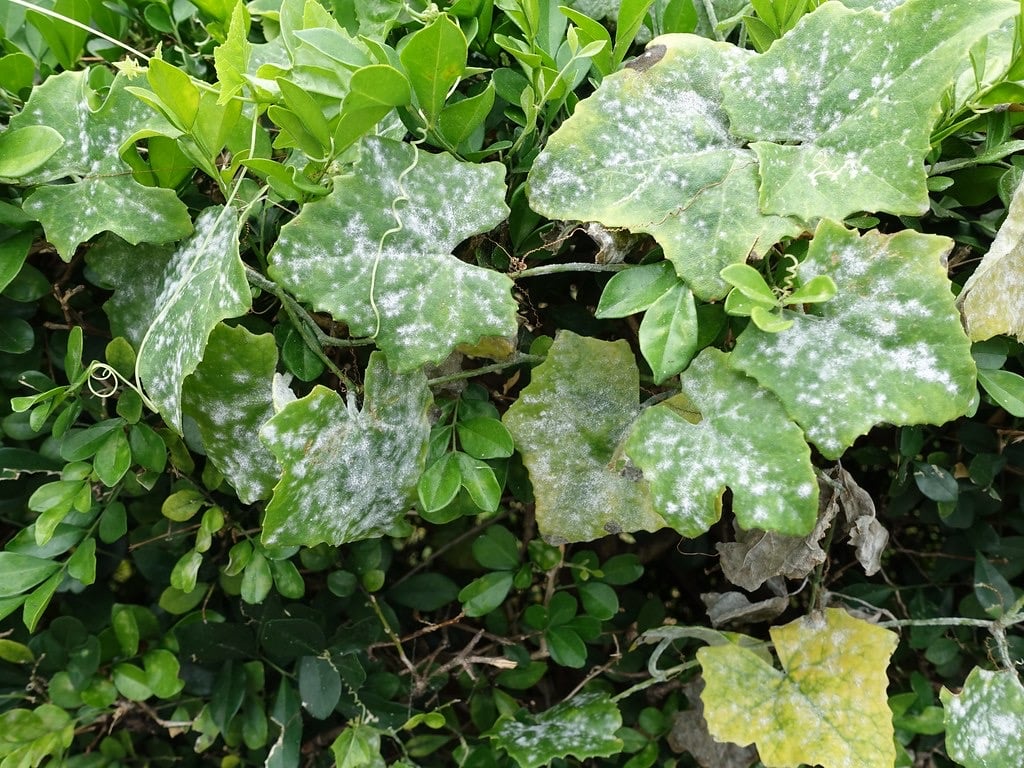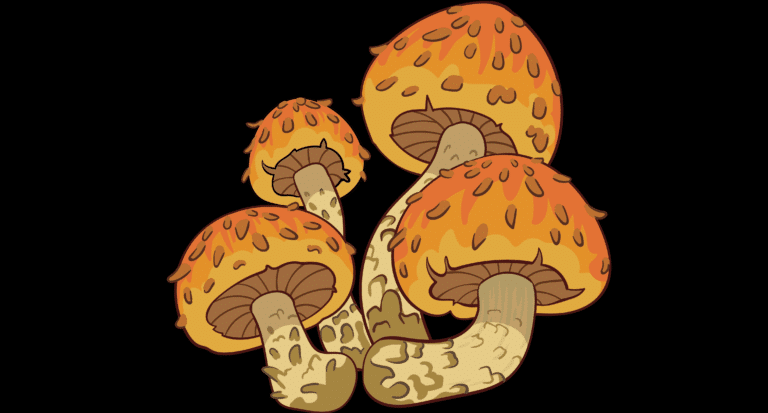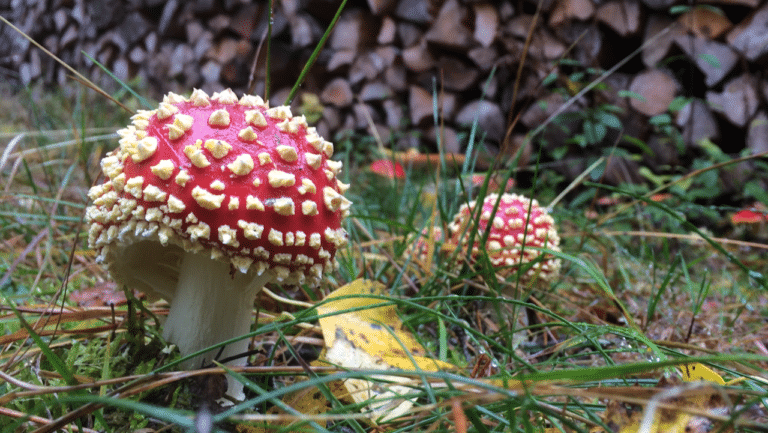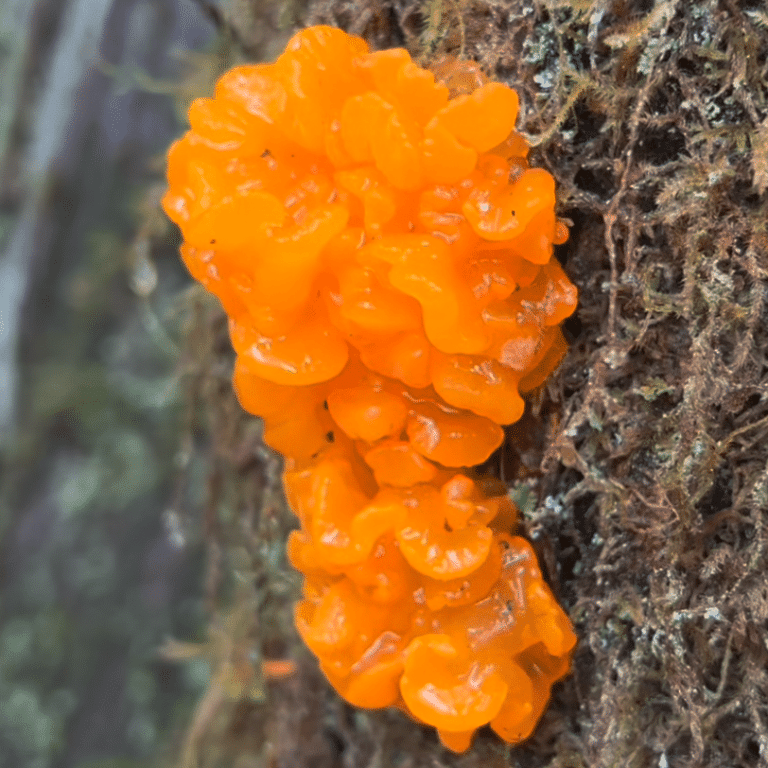What is the difference between a fungus and a mushroom

What’s the Difference Between a Fungus and a Mushroom?
The relationship between a fungus and a mushroom is similar to that of a plant and its fruit. Just as an apple is part of an apple tree, a mushroom is part of a fungus.
What is a Fungus?
Fungi are a diverse group of organisms that form their own biological kingdom, separate from plants and animals. They include organisms like molds, yeasts, and mildew. Fungi absorb nutrients from their environment and play key roles in ecosystems, such as breaking down dead material and recycling nutrients.
Not all fungi produce mushrooms—some, like yeast or mold, never develop visible structures.



What is a Mushroom?
A mushroom is the reproductive structure of certain fungi. Its main purpose is to produce and release spores, which function like seeds, helping the fungus spread. A mushroom typically consists of a cap, a stalk, and sometimes gills or pores where the spores are formed.
Mushrooms are temporary structures, while the rest of the fungus, often hidden in soil or wood, continues to grow and survive.
Key Takeaway:
A fungus is the entire organism, while a mushroom is just one part—a fruiting body used for reproduction. Not all fungi create mushrooms, but all mushrooms are produced by fungi.





